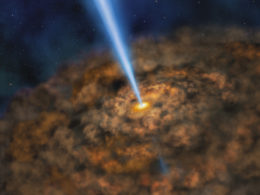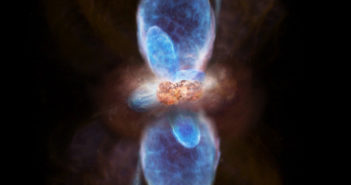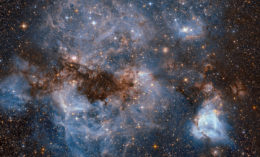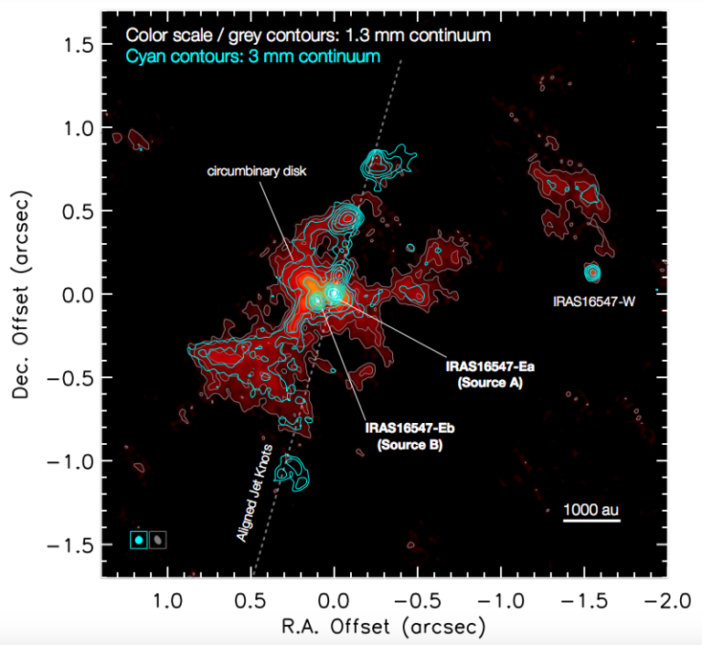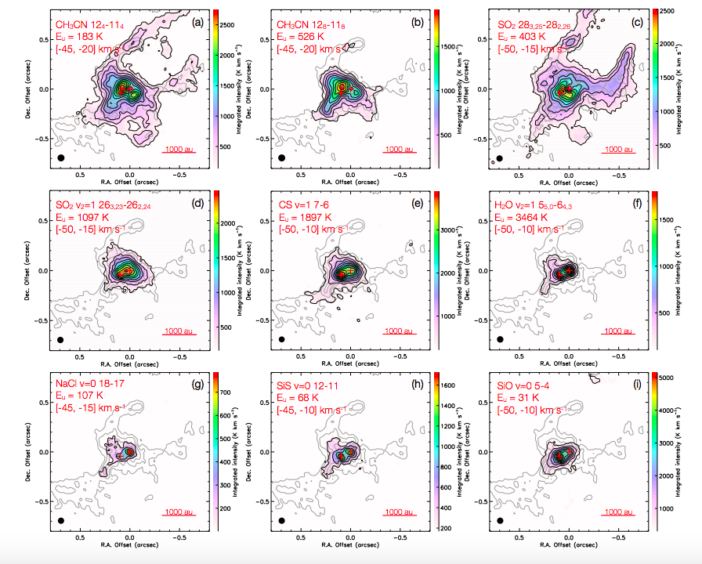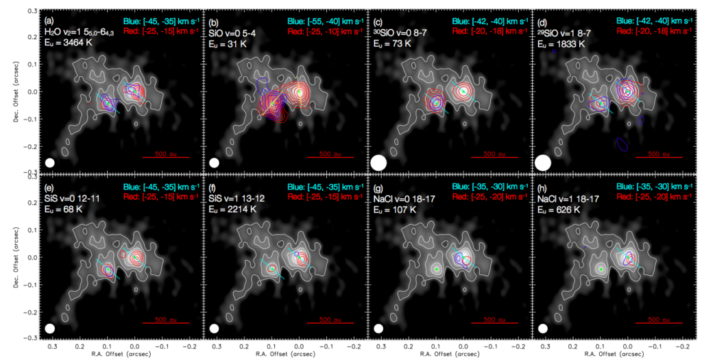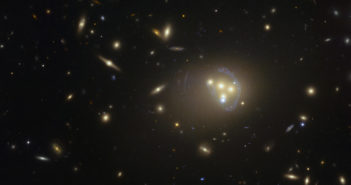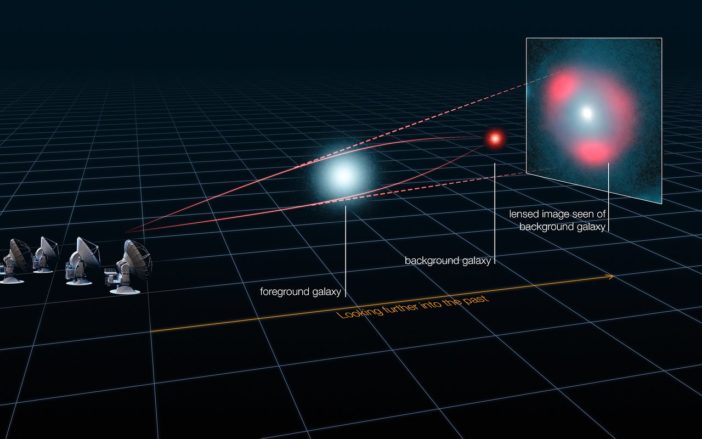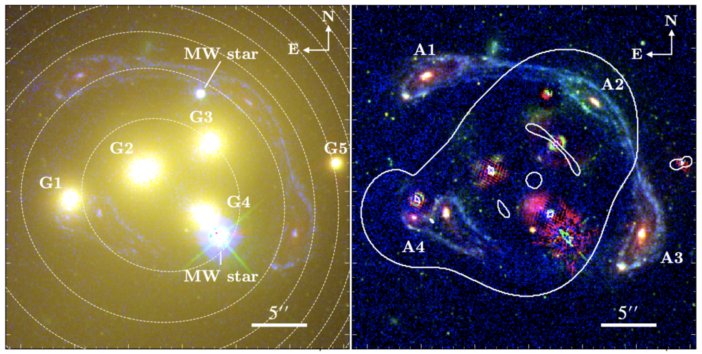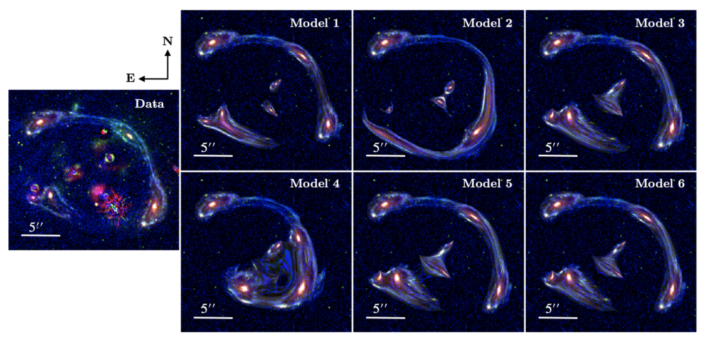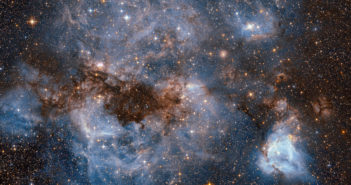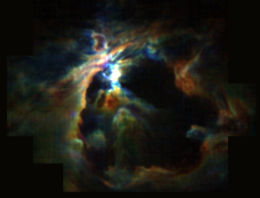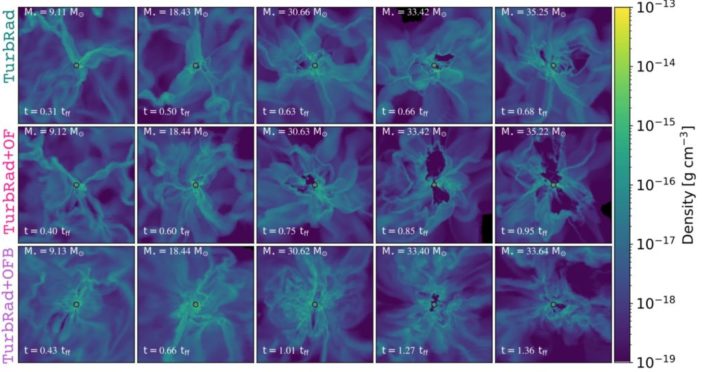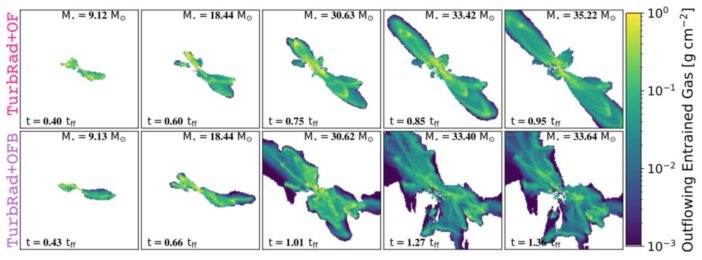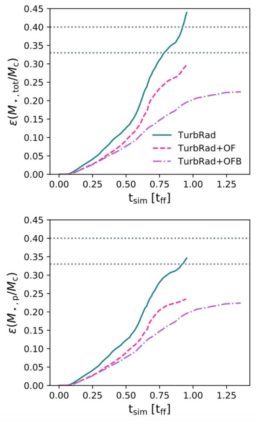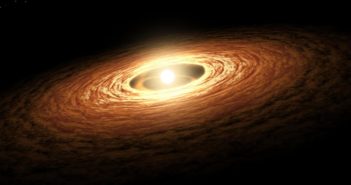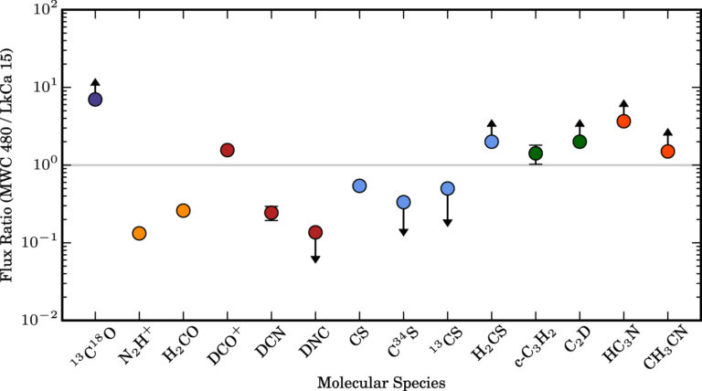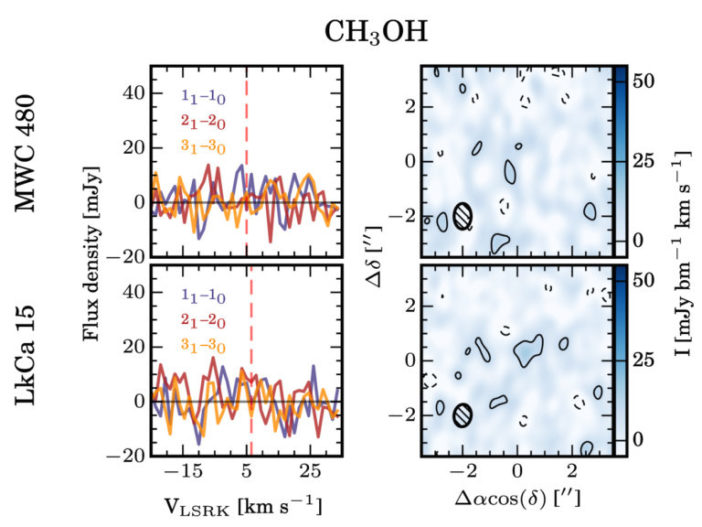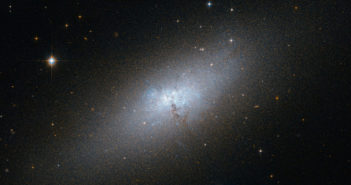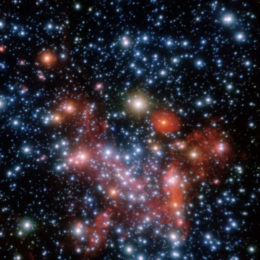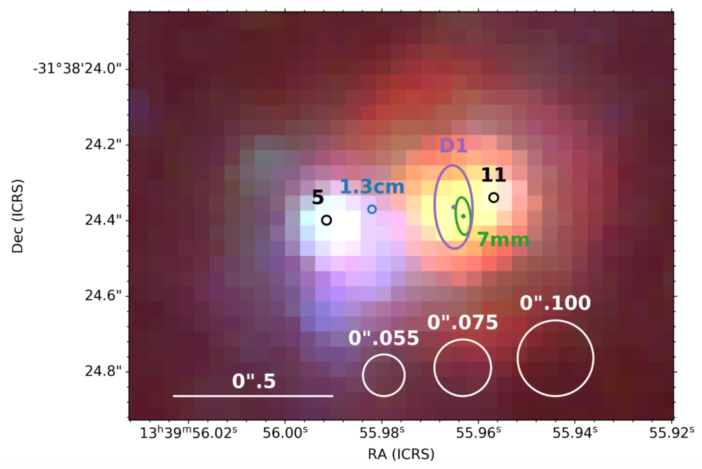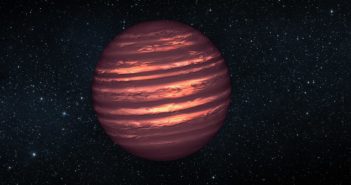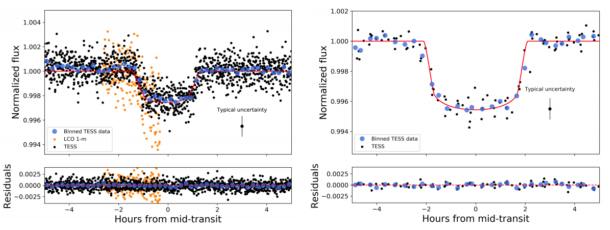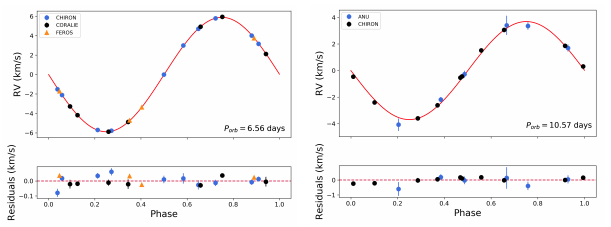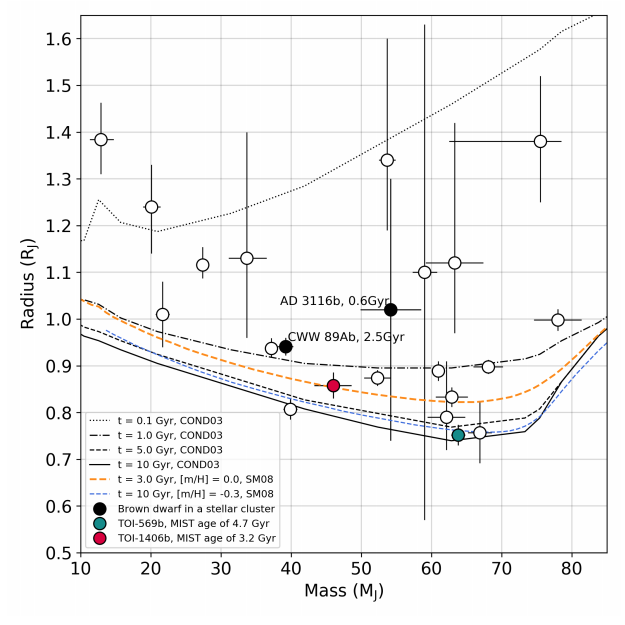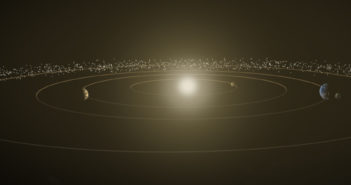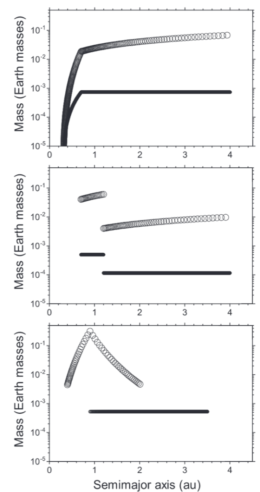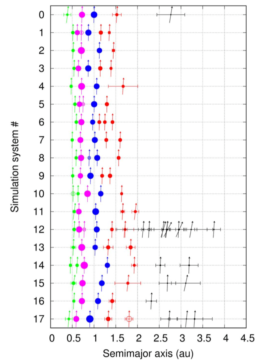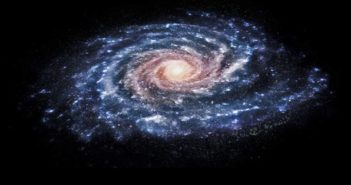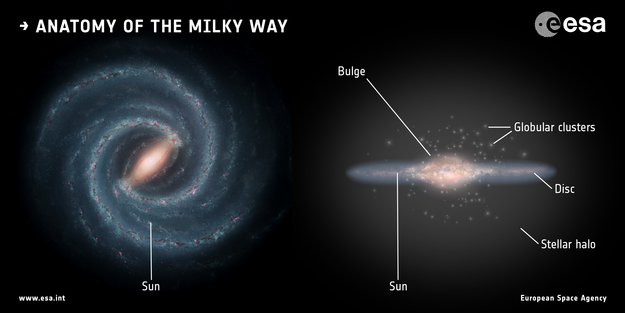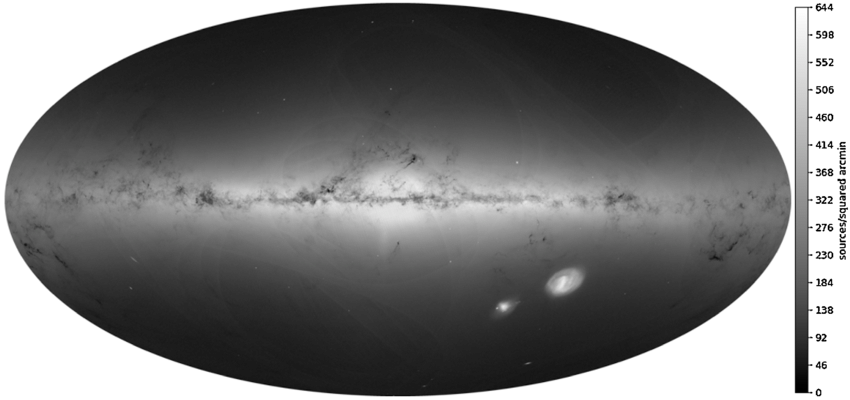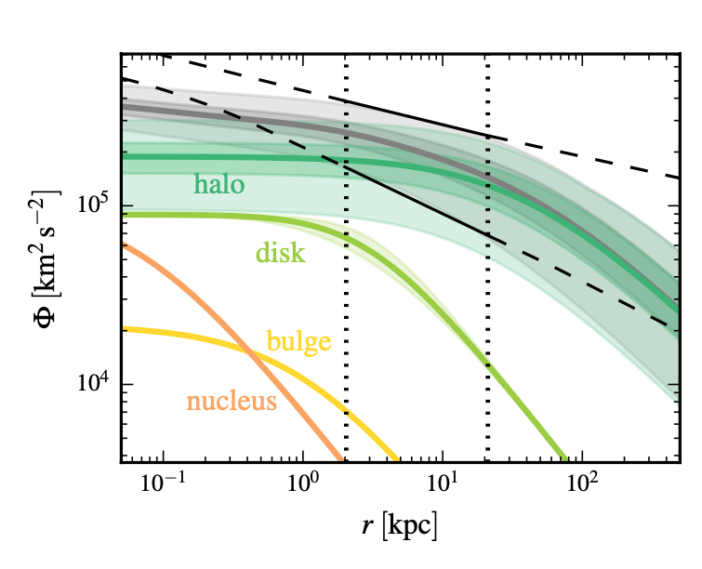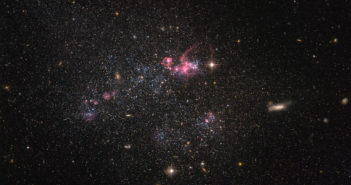
Faint Jewels: Discovering The Brilliance of Dwarf Galaxies
Editor’s note: Astrobites is a graduate-student-run organization that digests astrophysical literature for undergraduate students. As part of the partnership between the AAS and astrobites, we occasionally repost astrobites content here at AAS Nova. We hope you enjoy this post from astrobites; the original can be viewed at astrobites.org.
Title: Hidden AGN in dwarf galaxies revealed by MaNGA: light echoes, off-nuclear wanderers, and a new broad-line AGN
Authors: Mar Mezcua and Helena Domínguez Sánchez
First Author’s Institution: Autonomous University of Barcelona, Spain
Status: Accepted to ApJ
Beneath the radiant tapestry of massive galaxies that thread our universe, lesser-known cosmic entities lurk — dwarf galaxies. Weighing in with a stellar mass below 3 billion solar masses, these low luminosity celestial islands barely tip the scale (many individual supermassive black holes outweigh them!). Furthermore, despite being the most abundant type of galaxy in the universe, their formation and evolution are still not very well understood.
Small But Mighty!
Active galactic nuclei (AGN) glow vibrantly in the darkness of space. Fueled by the rapid accretion of matter onto compact black holes within galactic cores, these sources can outshine the collective starlight of their host galaxies. Additionally, their powerful outflows can heat and disperse cold molecular gas, which astronomers believe may quell star formation and regulate galactic growth.Most AGN are suspected to feature supermassive black holes (SMBHs; black holes with masses greater than one million solar masses) at their centers; however, today’s authors present exciting evidence, in tandem with previous studies that have uncovered hundreds of AGN within dwarf galaxies that harbor lower mass black holes, that is compelling astronomers to return to the drawing board.
The Quest for Dwarf AGN
Previous studies of AGN in dwarf galaxies primarily relied upon single-fiber (3-arcsecond aperture) spectroscopic measurements taken at the galactic center (i.e. the Sloan Digital Sky Survey). Prominent emission lines were then identified in these spectra and their flux ratios plotted in a BPT diagram (see this astrobites article for more). Depending on a galaxy’s location on a BPT diagram, the primary emission source for each galaxy was then classified as star formation, AGN, Low-Ionization Nuclear Emission-Line Regions (LINERs; emission that can originate from AGN and hot old stars), or a composite of multiple ionization mechanisms.
However, these single-fiber measurements are often biased towards identifying central AGN, and they can fail at AGN identification if there is abundant star formation in the center of a galaxy. Moreover, strong host galaxy light can diminish AGN signatures.
Alternatively, spatially resolved spectroscopic measurements can provide more definitive evidence of AGN activity. In particular, integral field unit (IFU) spectroscopy traces emission line features from varying physical regions of a galaxy (Figure 1).
The SDSS/Mapping Nearby Galaxies at APO (MaNGA) survey is a critical step forward in this direction. This survey will provide IFU data for nearly 10,000 galaxies by the end of 2020, which will make it the largest such catalog. Today’s authors leverage MaNGA to conduct the largest dedicated study of dwarf galaxies that host AGN within the survey.
Filtering the Data
Of the 4,718 sources they investigate, the authors categorize 1,609 sources as dwarf galaxies after imposing an upper mass cutoff of 3 billion solar masses. Subsequently, they examine a spectrum of each spatial pixel, or spaxel, for each dwarf galaxy to conduct a spatially resolved BPT analysis. As shown in Figure 1, the BPT diagram plots the [OIII]λ5007/Hα flux ratio against the [NII]λ6583/Hβ flux ratio. The location of each spaxel on the diagram determines the primary emission mechanism (i.e. star-forming, AGN, LINER, or composite) at each galactic position.
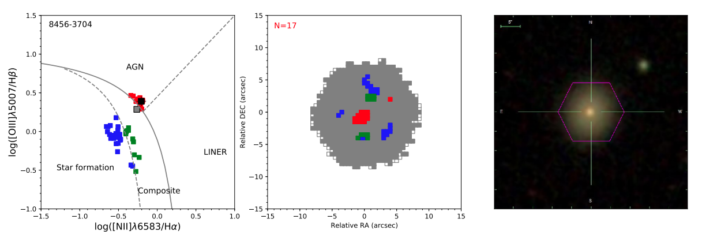
Figure 1: Left: BPT Diagram showcasing emission line classifications (i.e. star-forming, AGN, LINER, or composite) for each spaxel for a sample dwarf galaxy (8456-3704). The black square represents the median BPT location of the spaxels that are classified as AGN/LINER. The gray square marks the SDSS single fiber measurement. Center: physical distribution of BPT spaxels. Empty squares trace the IFU coverage and gray squares indicate spaxels with a continuum signal-to-noise ratio greater than 1. Right: SDSS composite image. The pink hexagon shows the IFU coverage. [Mezcua & Sánchez 2020]

Figure 2: Left: stacked spectrum (blue) of all galaxy spaxels (gray) that are located in the AGN/LINER region of the BPT diagram. The emission line component is shown in red. Right: zoom-in of the stacked spectrum in the spectral region of the emission lines used for the BPT diagram. [Mezcua & Sánchez 2020]
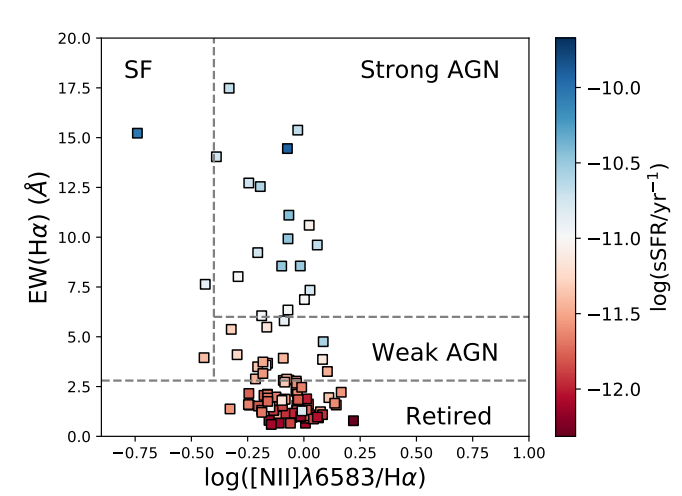
Figure 3: WHAN diagram for the initial 102 dwarf galaxies with their median BPT spaxels classified as AGN/LINER. Using an Hα equivalent width threshold of 2.8 Å, the final sample of AGN dwarf galaxies is reduced to 37. The color bar denotes the median specific star formation (star formation rate per unit stellar mass) of the AGN/LINER spaxels. [Mezcua & Sánchez 2020]
Dwarf AGN Unveiled
Of the 37 dwarf galaxies which host AGN, the authors investigate 35 with available SDSS single-fiber spectra. They report 12 AGN from the single-fiber spectra; the IFU measurements thus reveal 23 additional AGN that were either labeled as star-forming, composite, or quiescent (signal-to-noise ratio of BPT emission lines < 3) with the single-fiber method — a true testament to the utility of spatially resolved spectra.
So why did the single-fiber measurements fail? To address this, the researchers explore the photometric properties of the sample. Doing so, they find that the dwarf galaxies feature relatively low star formation, as determined by the B–V color index (the brightness profiles of the galaxies were redder than anticipated). In addition, the single-fiber measurements of the dwarf galaxies indicate that only six of the 37 IFU AGN are star-forming. These results collectively suggest that star formation suppressing the AGN signatures is unlikely to be the culprit for the unreported AGN detections. Rather, it is likely that the missed AGN are either off-nuclear or currently inactive.
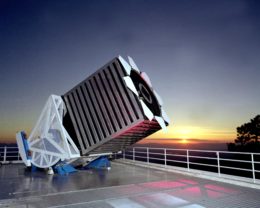
The Sloan Foundation 2.5-m telescope located at Apache Point Observatory, New Mexico was used to conduct the MaNGA survey. [SDSS]
Finally, the investigators compute the masses of the AGN black holes in their sample and initially determine 14 intermediate-mass black holes (IMBHs; black holes with masses between one hundred and a million solar masses) using the MBH–σ scaling relation with a modified low-mass dependency. If unmodified, they discover only three IMBHs in their sample. The remaining black holes in both cases are deemed SMBHs. These results suggest that not all dwarf galaxies contain universally massive black holes and that the fundamental nature of these galaxies requires further investigation.
Looking Forward
Today’s authors have exemplified the capabilities of IFU spectroscopy. Utilizing the MaNGA catalog, they have uncovered 23 AGN that would not have been detected with a single-fiber SDSS measurement. This suggests that IFU spectroscopy can be employed as a vital tool to study AGN in dwarf galaxies.
Ultimately, by analyzing AGN in dwarf galaxies, we may uncover how IMBHs and dwarf galaxies co-evolve. We may also determine if IMBHs play a role in seeding the growth of SMBHs!
About the author, James Negus:
James Negus is currently pursuing his Ph.D. in astrophysics at the University of Colorado Boulder. He earned his B.A. in physics, with a specialization in astrophysics, from the University of Chicago in 2013. At CU Boulder, he analyzes active galactic nuclei utilizing the Sloan Digital Sky Survey. In his spare time, he enjoys stargazing with his 8” Dobsonian Telescope in the Rockies and hosting outreach events at the Fiske Planetarium and the Sommers Bausch Observatory in Boulder, CO. He has also authored two books with Enslow Publishing: Black Holes Explained (Mysteries of Space) and Supernovas Explained (Mysteries of Space) .
